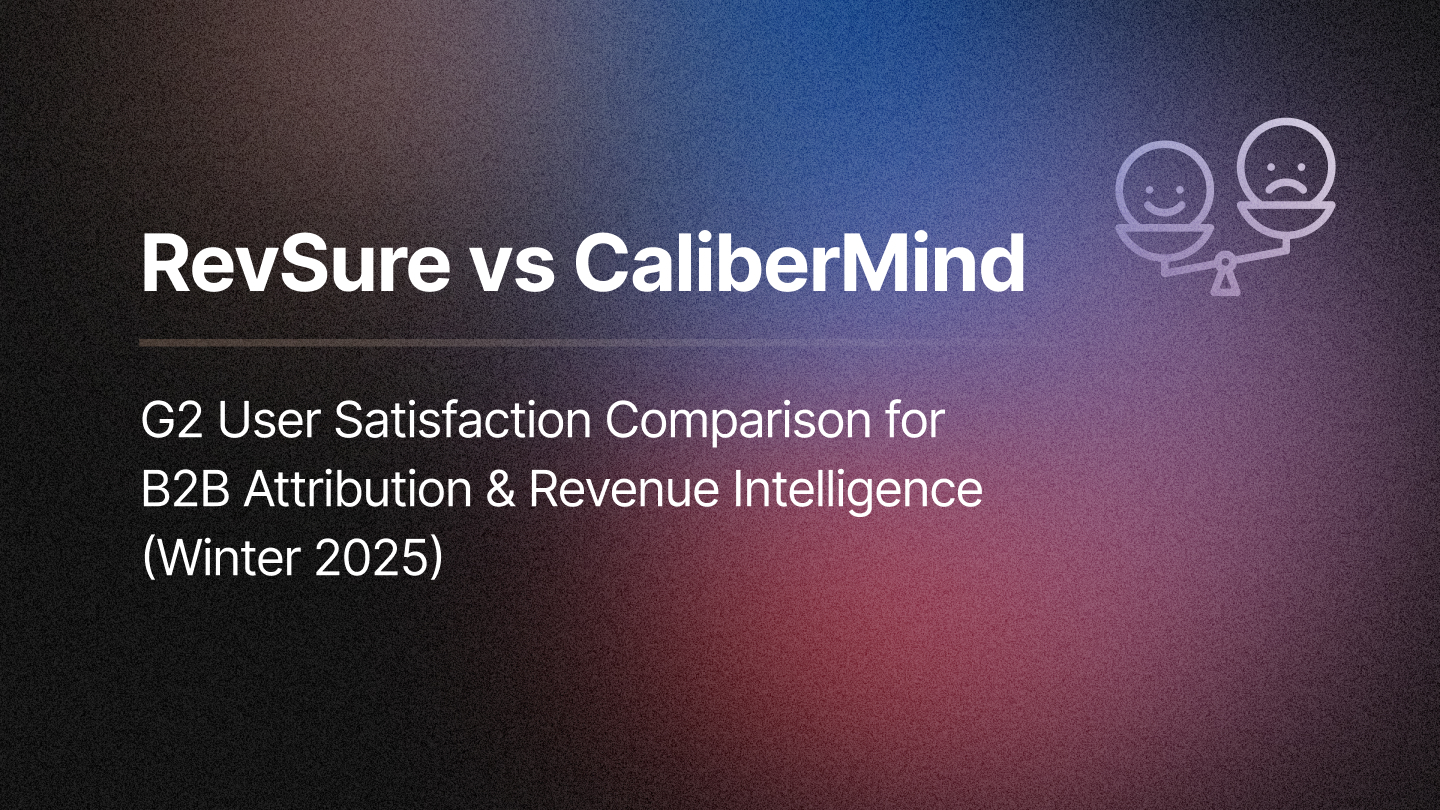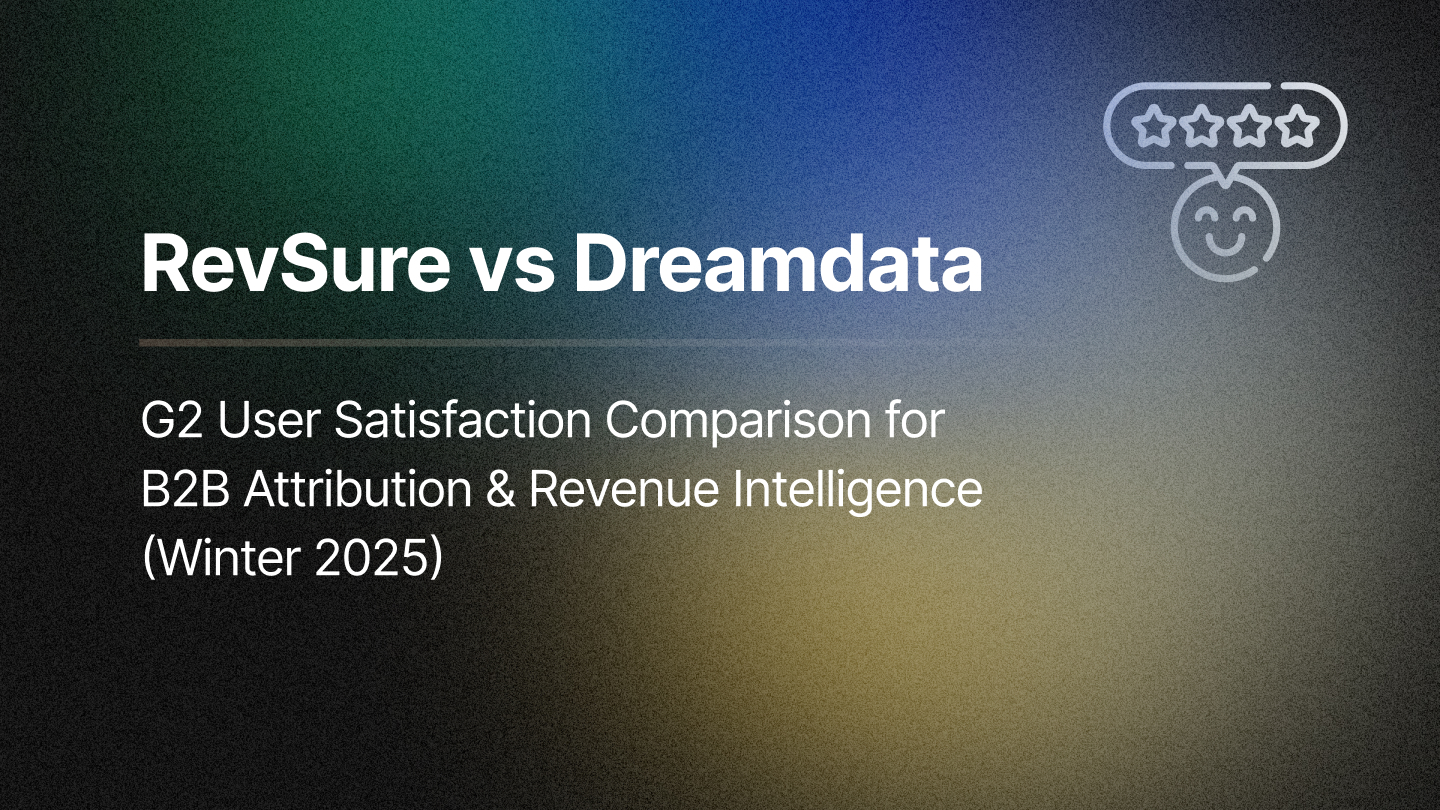Marketing doesn’t stop at the lead capture form, and attribution shouldn’t either. Full-funnel attribution is about gaining visibility into every stage of the buyer’s journey – from the first touch all the way to closed deals (and even beyond, into renewal and expansion). For modern B2B marketers, this holistic view is essential to truly understand how marketing efforts contribute to revenue.
With full-funnel attribution, you can:
- Track how early-stage content or ads influence later-stage pipeline and sales.
- Identify bottlenecks where leads drop off and address them with targeted tactics.
- Optimize marketing spend across the entire funnel, not just for top-of-funnel lead acquisition.
Beyond the MQL: Why Funnel Visibility Matters
Historically, many marketing teams optimized for the MQL (Marketing Qualified Lead). Once a lead was handed to sales, marketing’s line of sight often faded. But consider:
- Not all MQLs are equal – some convert to sales opportunities at a high rate, while others stall out. Without funnel visibility, marketing might pat itself on the back for MQL volume that actually yields little revenue.
- Marketing activities don’t cease after lead handoff. Webinars, case studies, nurture emails, and retargeting ads – these can continue to influence prospects in the middle and late stages. If you’re not attributing value to them, you undervalue critical work.
- Sales and marketing alignment improves when both see the full funnel. It fosters a shared understanding of quality vs. quantity and encourages joint strategies to move deals along.
Full-funnel insight shows which engagements truly drive visitors to the pipeline and beyond. In our blog “What Engagements Are Influencing the Journey from Visitors to Pipeline,” we highlight that understanding these touchpoints is essential for B2B success. For example, you might discover that leads who attend a certain product demo webinar (a mid-funnel touch) have a 3x higher close rate – information like that is gold for prioritizing resources.
Key Components of Full-Funnel Attribution
Embracing full-funnel attribution often involves:
- Multi-Touch Models Spanning Stages: You apply attribution modeling not just to lead conversion, but to opportunity creation and revenue. For instance, credit is assigned to touches that occur before opportunity creation and to those that happen between opp creation and close (like an influential case study or a targeted ABM ad).
- Connecting Marketing Automation and CRM Data: It’s critical to integrate systems. Your MAP (marketing automation platform) holds the early touch data, while your CRM has opportunity and revenue data. Full-funnel means stitching these together, often with an attribution tool or a custom analytics solution.
- Defining Stage Conversion Metrics: You should measure stage-to-stage progression influenced by marketing. Examples:
- Lead to Opportunity Rate: Of leads touched by a particular campaign, what percentage become sales opportunities?
- Opportunity to Win Rate: Do certain marketing engagements post-opportunity (like sending a custom ROI calculator) improve the chances of winning?
- Velocity: Does marketing influence shorten the sales cycle? (e.g., opportunities where the prospect engaged with product-focused content close faster by 10%).
By analyzing these, you can spot friction points. If leads from Campaign A convert to opps often but rarely close, maybe there’s a disconnect in later-stage messaging or those leads were oversold and underqualified. Conversely, if leads that consume a lot of educational content early tend to become high-value deals, invest more in that content strategy.
Benefits: Better Decisions and Better Alignment
Having end-to-end attribution yields multiple benefits:
- Smarter Budget Allocation: You might find your pricey top-of-funnel ads drive tons of form fills but no deals, whereas your content syndication brings fewer leads but all the big wins. Armed with that, you’d reallocate the budget accordingly, something you couldn’t justify before seeing the full funnel ROI.
- Content Strategy Informed by Revenue Impact: Instead of guessing what content topics to produce, you can see which pieces or themes are cited in won deals. If, say, a particular whitepaper is frequently downloaded by leads that became customers, make more like it and use it in sales cycles.
- Alignment with Sales and Customer Success: Full-funnel view inherently overlaps with sales stages, which opens up conversations. Marketing can ask, “We see a lot of opps stalling at the proposal stage. What content or touch might help?” This leads to collaborative solutions like creating a case study deck specifically for late-stage validation.
Modern revenue teams even extend attribution into customer success (to influence upsells and renewals). For example, giving marketing credit for touches that re-engage customers (events, newsletters) leads to expansion opportunities. That’s truly full lifecycle attribution and can inform account-based marketing approaches for customer marketing.
Getting Started with Full-Funnel Attribution
If this sounds daunting, here’s how to approach it step by step:
- Ensure Data Flow: Connect your tools. Implement a system where every lead has a campaign source and every opportunity ties back to a lead or account with a marketing history. Tools like Bizible, Dreamdata, or RevSure’s own platform can assist if you want out-of-box solutions.
- Pick an Initial Model: It could be something simple, like equal-weight multi-touch attribution but extended to all touches up to opp creation. Or a time-decay model that goes through to close. It won’t be perfect at first – the goal is to start capturing the full journey.
- Analyze and Iterate: Look at a few recent wins and losses. Trace their touchpoints across the funnel. Does the attribution model allocate credit in a way that matches intuition? You might find you need to tweak weights or include new touchpoint types (like sales emails or SDR calls if you want a holistic view).
- Communicate Insights: Bring findings to your sales counterparts. Showing “marketing influenced $X of pipeline and $Y of closed-won this quarter” via a clear funnel report earns trust. It also invites feedback – maybe sales say “Interesting, and we also think touch Z is important,” leading you to incorporate that.
Remember, done is better than perfect. Start simple and refine. Over time, as your model and trust in the data matures, you can get more granular (even down to the content or keyword level influence on revenue).
Conclusion: No More Blind Spots in the Funnel
In the current B2B landscape, full-funnel attribution isn’t just nice-to-have; it’s becoming a must-have. With buying journeys growing more complex, having blind spots between lead and revenue is risky and costly. By illuminating the entire funnel, marketers transform how they strategize:
- We stop overemphasizing the volume game at the top and start optimizing the quality through to the bottom.
- We can prove marketing’s worth in tangible revenue terms – something that 15 years ago was incredibly hard. This proof is powerful in securing budgets and headcount (when you can say “Marketing influenced 60% of revenue last quarter,” budget conversations go a lot smoother).
- We become better partners in sales. The conversation shifts from “I gave you 100 leads” to “Let’s work together to move these opportunities. Here’s what the data suggests could help.”
In essence, full-funnel attribution is about treating marketing as an integral part of the entire revenue engine, not a separate lead factory. And when marketing is embedded throughout the funnel, both insight-wise and action-wise, companies achieve greater revenue growth. As RevSure’s own mantra goes: no more random acts of marketing – with full-funnel intelligence, every marketing move is deliberate, informed, and aligned to revenue.
Related Blogs





.jpg)


